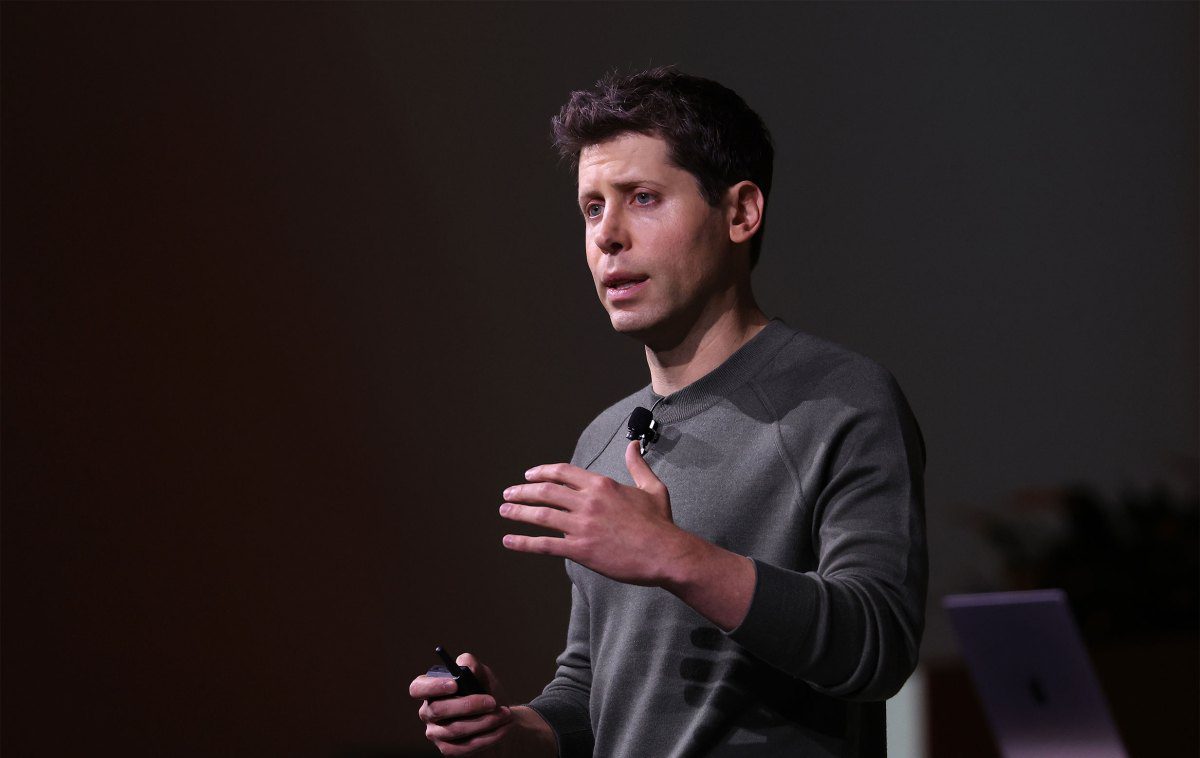The Reasoning Revolution: Unpacking OpenAI’s Game-Changing AI Models
Let’s face it—AI is rapidly evolving, and OpenAI seems to be at the forefront of this revolution. With its commitment to creating models that can actually “reason,” they’ve ignited discussions around what it truly means for an AI to think like us. Intrigued? You should be. This journey into the world of reasoning models reveals groundbreaking progress and the potential future of AI agents that can perform a myriad of tasks for us.
Understanding the Shift to AI Reasoning
Shortly after Hunter Lightman joined OpenAI in 2022, he witnessed the rapid launch of ChatGPT, one of the hottest tech products ever. However, while everyone was buzzing about ChatGPT, Lightman was quietly working on something equally exciting: teaching AI to excel at high school math competitions through the MathGen team. Imagine that!
The truth is, OpenAI’s push to make AI really smart at reasoning—especially in math—has led to state-of-the-art models that recently flexed their muscles to win a gold medal at the International Math Olympiad. It’s proof that these models can translate reasoning capabilities into other areas, potentially paving the way for general-purpose AI agents.
Real-world Impacts: Why It Matters
You know how sometimes you start a task and realize it’s taking way longer than it should? OpenAI’s CEO Sam Altman mentioned that one day, you’ll just ask your computer for what you need and it’ll handle all tasks like a seasoned pro. Think about how much time we waste figuring out simple things!
The recent breakthroughs didn’t come easy. It involved years of deliberate effort and innovation, particularly through reinforcement learning (RL)—a technique that’s been around for a while but has now been supercharged by OpenAI. Picture RL as a coach giving constant feedback to an athlete, allowing them to improve over time. That’s what these models are getting, and it’s leading to impressive advancements.
How OpenAI Achieved Breakthroughs
The transition from basic to advanced reasoning in AI models has been fascinating, to say the least. Early on, OpenAI relied heavily on its first large language models (LLMs). Still, by mixing these models with RL and something called test-time computation, they created the “Strawberry” model—the stepping stone to their latest release, o1.
Instead of merely processing information, o1 can plan and validate its steps. Imagine teaching a student how to check their homework for mistakes. That’s what’s happening here, making the AI not just reactive but actively engaged while solving problems.
The Future: Creating Usable AI Agents
So what does this mean for us as everyday users? Well, the goal is to develop AI agents that can tackle more complex, subjective tasks that we often juggle in our lives—like finding the best deals online or organizing our busy schedules.
Currently, AI agents work best in structured environments, like coding. For example, OpenAI’s Codex can help software engineers tackle coding tasks efficiently. But we want these models to understand our needs intuitively. Imagine an AI that knows what you want for dinner before you even ask!
$CPC Keywords: AI agents, AI reasoning, OpenAI models, tech breakthroughs.
In the face of rising competition from companies like Google and Meta, the question isn’t just whether OpenAI can deliver on its promises but whether it can do so first. It’s an exciting time for AI, and we’re all in for a wild ride.
So what’s your take? Are you excited about the future of AI reasoning? Want more insights like this?
